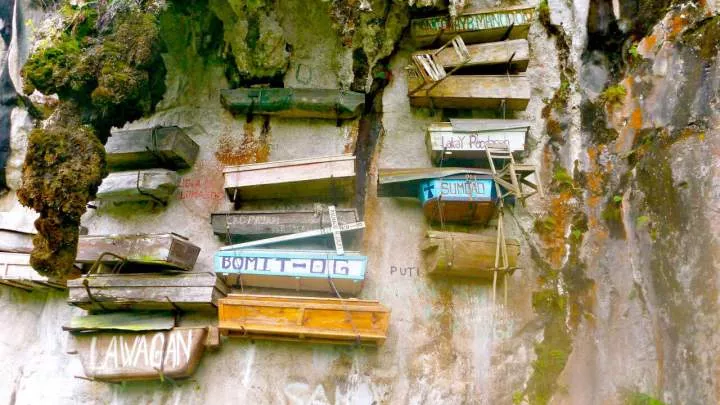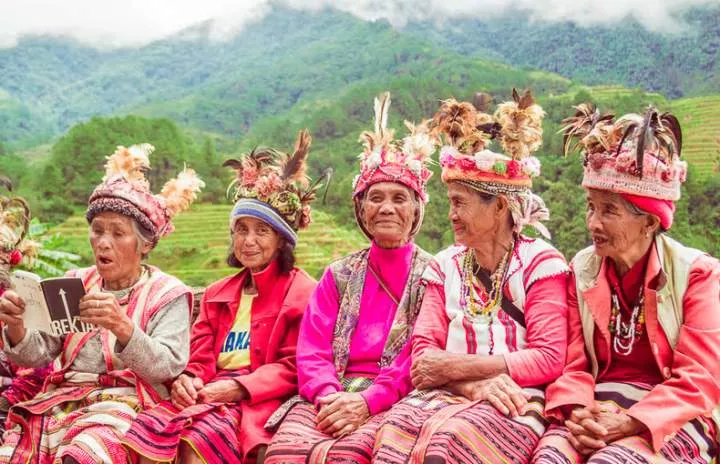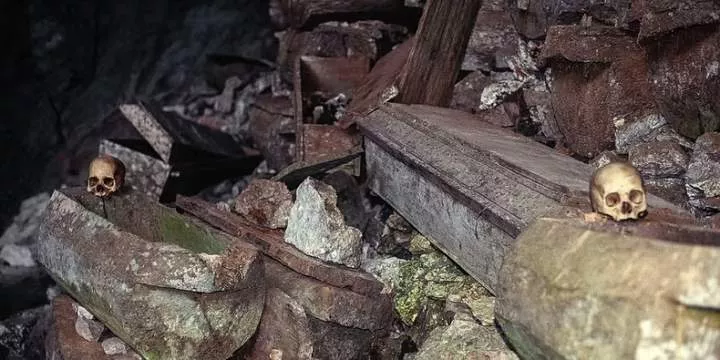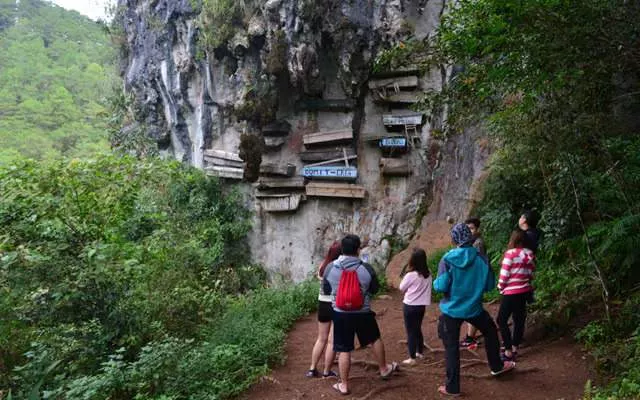What do you know about the hanging coffins of Sagada? Read here

High up in the remote mountains of the Philippines, in the village of Sagada, hangs an unusual sight – coffins suspended on cliffs and tucked away in caves.
The hanging coffins are an ancient burial tradition of the Igorot people.
For over 2,000 years, the Igorot people have practised this ritual, placing their deceased loved ones in these hanging coffins high above the ground.
But what is the traditions behind this practice?
The Igorot people and their culture
The Igorot people are indigenous tribes inhabiting the mountainous regions of Luzon, the largest island in the Philippines. They are known for their rich cultural heritage, which includes a strong connection to their ancestors, a deep respect for nature, and an unusual belief system.

The Igorot people have a long and colourful history, dating back thousands of years. Throughout this time, they have developed a distinct way of life, deeply intertwined with the rugged landscape they call home.
About the hanging coffins
The hanging coffins are more than just a burial practice; they are a window into the Igorot people’s belief system. The Igorot people traditionally believe in an afterlife, where spirits journey to a higher plane. By suspending the coffins high on cliffs or inside caves, they believe they are bringing their loved ones closer to the heavens, aiding their spirits on their journey to the afterlife. The higher the coffin is placed, the closer the deceased is believed to be to the spirit world.
The process of creating a hanging coffin
The creation of a hanging coffin is a meticulous and respectful process. Traditionally, the coffins are carved from a single piece of hardwood, such as narra or ipil. These woods are chosen for their durability, as they need to withstand the harsh elements for many years.

These woods are chosen to withstand the harsh elements for many years [VintageEveryday]
The coffins are hollowed out and shaped to fit the body of the deceased. In some cases, the coffins are decorated with intricate designs, reflecting the social status of the person within.
The hanging ritual
The hanging ceremony is a solemn event for the Igorot people. Family and friends gather to pay their respects to the deceased. The coffin is then carefully transported to its designated cliff or cave. The method of hanging the coffin varies depending on the location. In some cases, strong ropes are used to suspend the coffin from beams secured into the cliff face. In other instances, the coffins are placed on ledges or tucked into natural openings within the caves.
The evolution of the hanging coffin tradition
The hanging coffin tradition has evolved over time. In the past, this practice was more widespread among the Igorot tribes. However, due to a combination of factors, including the influence of Christianity and government regulations, the tradition is no longer as widely practised. Today, hanging coffins are primarily seen in the village of Sagada, where a few remaining families continue to uphold this ancient tradition.
While the future of this tradition remains uncertain, the hanging coffins continue to be a reminder of the rich cultural heritage of the Igorot people.
Visiting the hanging coffins
The hanging coffins is a popular tourist destination in the Philippines. Visitors can hike to Echo Valley in Sagada to see the coffins hanging on the cliffs. There are also guided tours available that provide more insight into the history of this tradition.

The hanging coffins of Sagada are more than just a tourist attraction; they are a symbol of the Igorot people’s culture and traditions.




